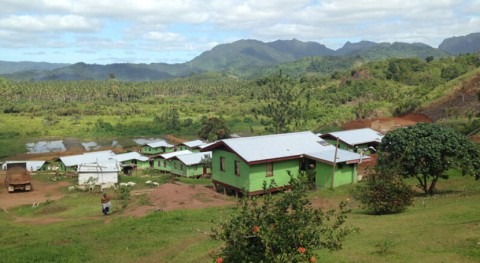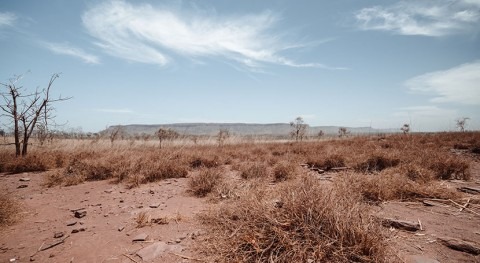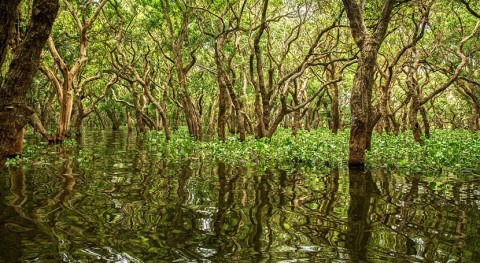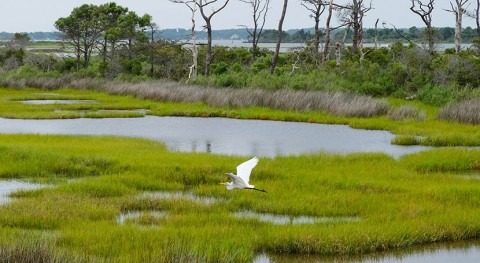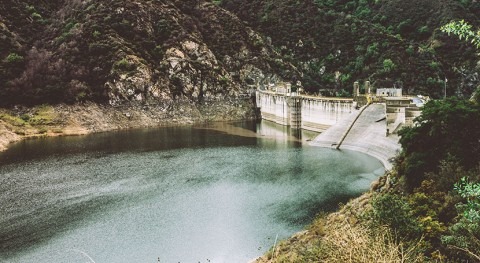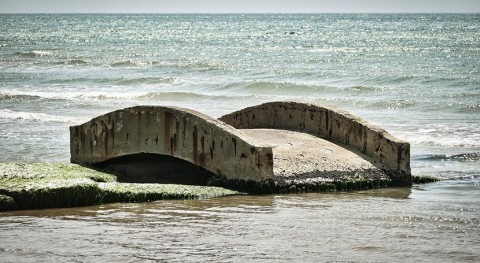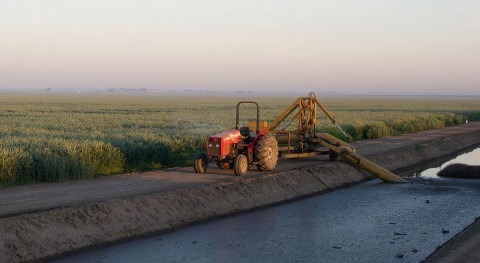As California approaches what could be another drought, water utilities are eager to find new ways of curbing water demand. Stanford researchers have developed a machine learning model that detects unexpected water-use consumption patterns – data water utilities can use to inform resource planning and water conservation campaigns. Their related study, published in Water Resources Research, pinpoints when consumers altered water use during California’s most recent drought, along with the influence policies and media coverage may play in spurring water savings. As climate change increases the odds of drought in many parts of the U.S., understanding when and how to implement successful water conservation plans at the customer level will inform how utilities can most effectively protect their water supply.
“To achieve water security and resiliency in California, we need to invest in demand management more strategically,” said Newsha Ajami, study co-author and director of urban water policy at Stanford’s Water in the West program. “More engaged and informed consumers go through a dynamic decision-making process when it comes to resource consumption, which is what we are trying to capture in this study.”
While the effectiveness of many water saving strategies such as water restrictions, rebates and dynamic pricing are well studied, there is little information regarding changes in conservation behavior due to external stressors such as extreme drought, climate-related news coverage and policies, such as water-use restriction. Being able to identify permanent versus temporary water conservation behavior changes – such as replacing lawns with native landscape, rather than letting a lawn go brown for the short term – is especially important to utilities when it comes to infrastructure and drought planning.
Digging into the Data
Using billing data from the Mesa Water District – which serves approximately 110,000 people of varying incomes and diversities of customers in Costa Mesa, California – with freely available weather and employment data, the research team trained a computer algorithm to detect notable water consumption shifts during the 2012 to 2016 drought.
“This method combines a deep understanding of water systems with state of the art statistical method analytics to aid utilities, researchers and policymakers in extracting consumer insights from water billing data,” said senior author Ram Rajagopal, an associate professor of Civil and Environmental Engineering at Stanford
After identifying the timing of each customer’s consumption shift, the team grouped them into one of four distinct phases of the drought timeline separated by escalating state-level policy actions and ensuing media. As one of the most severe water shortages in California’s history, the drought produced many state-level policies, culminating in May 2015 when Gov. Jerry Brown imposed the state’s first-ever mandatory watering restrictions. By pinpointing the time and related drought phase in which customers reduced or increased water use, the team was able to draw correlations between behavior change and these external influences.
“Using this method helps us better identify engaged customers. For example, those who reduce water early in a drought, but then revert to increased usage once wetter conditions return may be suitable targets for water-efficiency incentives,” said study lead Jose Bolorinos, a PhD candidate in the Stanford Department of Civil and Environmental Engineering.
Understanding the Customer
Overall, they found 75 percent of Costa Mesa customers implemented conservation efforts during the drought. About 80 percent of these efforts took place before the 2015 mandatory outdoor watering restrictions were imposed. These reductions often occurred during concentrated periods of heightened public awareness – associated with state-level policy actions and drought media coverage. Affluent and educated customers were more likely to conserve, but also more likely to increase consumption in the post drought phase, suggesting heightened public awareness of the need to conserve can rebound when engaged customers learn drought conditions are ending.
Knowing these past patterns of customer consumption could help identify areas where violations of restrictions are more likely to occur in the future. Detecting areas where probable violations may occur again provides rationale for closer monitoring, giving utilities a chance to enforce efforts more efficiently. In such instances heavy water users, or those whose don’t adhere to restrictions such as implemented lawn watering days, could be flagged and carefully monitored.
The researchers also suggest implementing coordinated conservation campaigns with other local water agencies, state policy initiatives, press releases and outreach efforts as a means in generating better customer knowledge and responsiveness to conservation goals.
“Utilities make long-term planning decisions based on conjectured demand changes in the years to come,” Ajami said. “Customer behavior is an uncertain part of this equation. This project aims to more accurately assess a customer’s response to various environmental stressors and help identify local demand management strategies to achieve long-term water resiliency."





